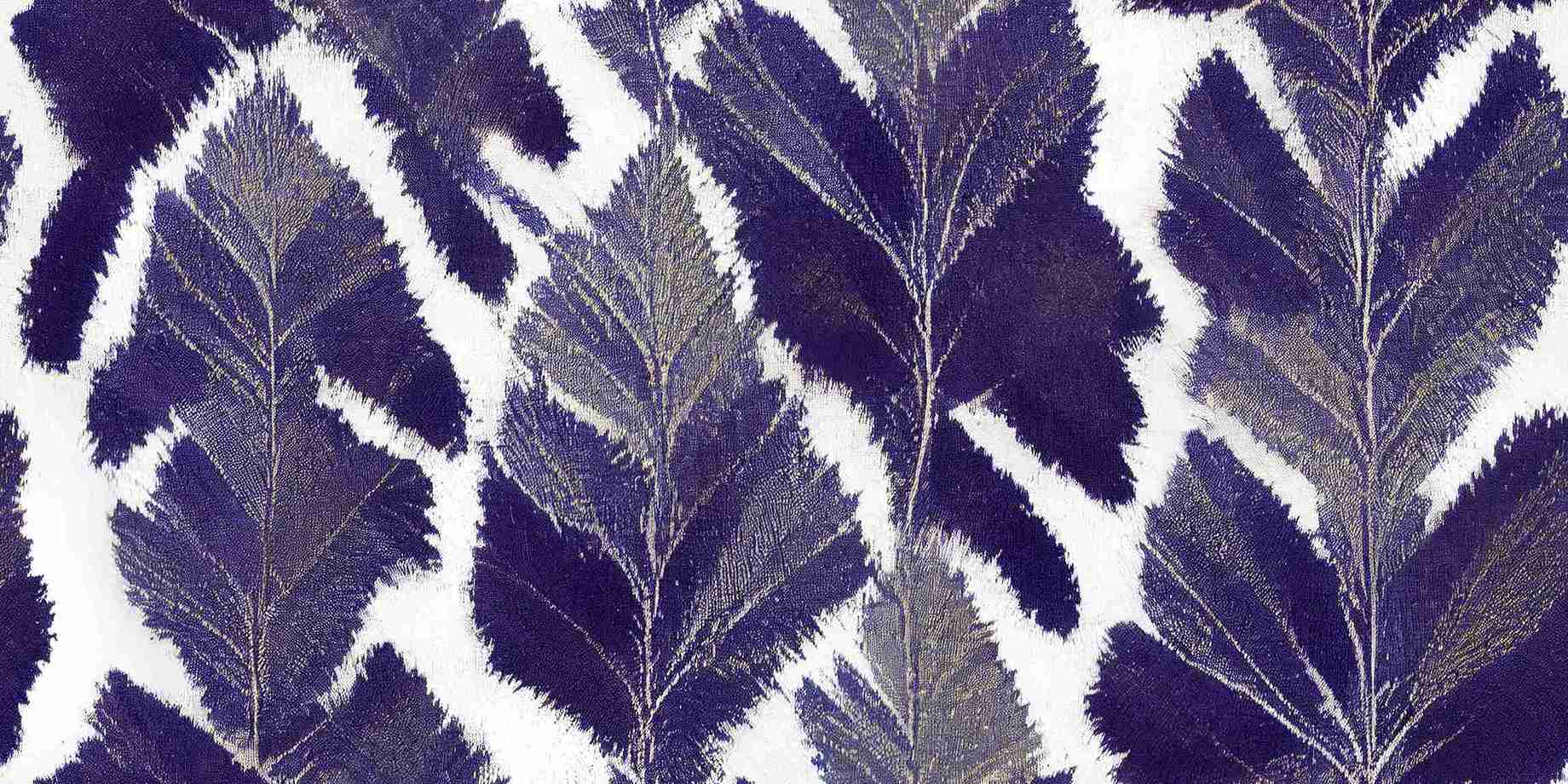Texture in textiles is not just about touch, but it is a sort of silently narrated story. touch, the way a fabric falls, folds or just the way it falls on skin adds to the overall perception and interaction between a person and a fabric. Frilled or simply folded, the plane of a textile affects the aesthetic power, emotional depth and the practicality of the panel of fabric.
Contemporary interior design and fashion design are becoming strongly dependent on textural sophistication to create emotion, formalize or emphasize casual glamour. Two standout materials in this sensory palette are brocade fabric and crinkle fabric. One is traditional and pompous, the other casual and modern, but both are a highly elegant type of fabric technology.
This article discusses the process of the creation of brocade and crinkle texture, the science behind these processes and their application in current trends of the textile industry. Finally, we will discover how texture as a language of fabric in the contemporary innovation of fabrics is used to provide the connection between the heritage and technology.
Brocade Fabric: Complex Weaves, Rich Histories, and Structural Beauty
Brocade fabric is a masterpiece of traditional weaving—a textile that combines ornamental design with structural integrity. Brocade is usually made of silk, cotton or man-made, and the patterns are raised to them, frequently metallic, sometimes floral or geometric. They do not get printed and embroidered on these designs; but actually get woven through the fabric itself and it has the supplementary weft technique.
It is a rather complicated multi-thread shuttle process with complicated loom programming. This produces a multidimensional texture on which the decorative threads seem embossed or recessed on a smooth surface. First worn in ancient China, Byzantine and Renaissance Europe, the brocade was a symbol of affluence and celebratory significance.
Contemporary use retains the aesthetic density of brocade and incorporates semi-lighter man-made fibers and improved digital jacquard looms to be more efficient. The formal nature of the fabric and the royal flavor has seen it being used in suits and tuxedos, evening dresses, furnishings and luxury curtains.
In addition to the looks, brocade has some practical advantages:
- Stiffness, which helps garments hold their shape
- Durability, due to its dense weave
- Light reflection, enhancing its visual depth under lighting
Crinkle Fabric: Mechanical Treatment, Elasticity, and Casual Comfort

On the other side of the texture spectrum is crinkle fabric—an expression of ease, movement, and modern adaptability. Unlike brocade, which gains its texture through weaving, crinkle fabric is primarily shaped by mechanical or chemical finishing processes.
Crinkling is performed by heat-set, twisting, plissed treatment or chemical shrinking to make the effect permanent wrinkles. These operations make changes in the microscopic structure of the yarn, by embedding the texture into the memory of the fabric. The resulting surface is quite irregular, dynamic, and in many cases, even elastic, and that is why it is observed frequently in garments which are prioritized in comfort, fluidity, and breathability.
Crinkle fabrics are commonly made from polyester, rayon, cotton blends, or chiffon. They are casual and travel because they do not need ironing. From relaxed blouses and dresses to lightweight scarves and curtains, crinkle fabrics bring a sense of soft structure and organic movement.
Scientific advantages of crinkle fabric include:
- Stretch and recovery, particularly when blended with elastane
- Air permeability, contributing to comfort in warm climates
- Visual texture, which hides creases and enhances wearability
Texture Engineering: How Weaves and Finishes Transform Fabrics
Behind the artistry of brocade fabric and the fluid charm of crinkle fabric lies a world of texture engineering—where chemistry, machinery, and material science meet to create textile innovation.
In the case of brocade, texture starts at the loom. Intricate patterns are built upon the fabric when it is woven using Jacquard technology. The yarns are set to work separately causing textured layers and multi-dimensional surfaces. The kind of tension or the composition of warp and weft further have a wealth of tactile value.
Crinkle fabric, in contrast, gets its texture through post-weave finishing. In this, heat or pressure is applied to thermoplastic fibers resulting in permanent puckers. Natural fabrics such as cotton can have sodium hydroxide or resin applied to them to make them shrink and take the crinkled appearance.
texture is not an accident; it is designed in both fabrics. The texture degree influences the fabric behaviour:
- Brocade holds shape and structure, ideal for sculptural silhouettes
- Crinkle promotes stretch and movement, aligning with comfort trends
Texture plays a key role in color absorption, drape and sound absorption, so it is a very important aspect in interior design and fashion.
With the hybrid technique being tried out by textile designers, e.g. digital weaving fused with mechanical finishing, we get to witness the birth of new possibilities where tradition and technology intersect, comfort and couture.
Traditional vs. Contemporary: Where Brocade and Crinkle Meet in Design Trends
At first glance, brocade fabric and crinkle fabric seem to occupy opposite ends of the design spectrum—one evoking aristocratic opulence, the other relaxed modernism. However, in the world of newer and current design, the worlds are coming more and more together.
Modern designers are transforming the ideas of brocade to non-conventional use, as they combine the historical patterns, showing contemporary cuts, surprising color schemes, and materials combinations. Streetwear companies such as streetwear brands have even started to add brocade to bomber jackets, and sneakers bringing old textures into a more modern sense.
Similarly, crinkle fabric is being elevated beyond casualwear. Its organic texture is appearing on the runways in architectural-style fashions, high-thinking drapery, and understated evening gowns, commonly in conjunction with more established parts, such as the brocade, so as to create a counterpoint between control and anarchy.
These tendencies all have in common a sensuousness and embrace of touch. Consumers are increasingly curious about how their clothes feel and not merely how they look, resulting in designers embracing the dynamic of rigid and relaxed, ornate and understated.
In interior decor, this trend is reflected in the combination of crinkled linens with brocade pillows or panels on the wall, comfort with luxury. These mixings indicate a greater cultural change: We are no longer deciding between formal and functional, we are adopting the duality of texture and tone.
Conclusion:
Texture talks in quieter voices in a world filled with images, touch, movement, memory. The quiet rustle of crinkle fabric, the gleam and structure of brocade fabric—these are not just stylistic choices but technological achievements and emotional cues.
In our world where designers and consumers are interested in all things textured and most people want to feel closer to tradition and equality, textured fabrics provide that depth and more. We show ourselves in them, without being able to change or to disguise ourselves–formal yet free, still and yet easy.
The new vocabulary of fabric design is the texture. It is the way cloth conveys tone, intention and personality. In this evolving story of material science and artistic expression, brocade and crinkle fabrics remind us that the future of fashion lies not only in what we see, but in what we feel.


